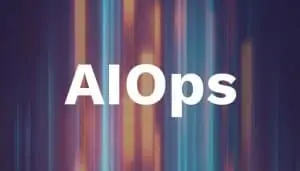
The solution enables autonomous inspections of offshore wind turbines using off-the-shelf drones, reducing costs for energy operators.
Inspections of offshore wind turbines are often expensive and logistically demanding due to environmental challenges such as harsh weather, variable sea conditions, and the necessity of working from moving vessels.
vHive, a company specializing in infrastructure digitization and autonomous drone technology, unveiled a platform designed to streamline offshore wind turbine inspections. The system enables companies to perform autonomous inspections using standard drones, eliminating the need for specialized hardware or reliance on third-party service providers. The platform is intended to reduce costs, improve operational efficiency, and allow companies to independently manage inspections, even in challenging offshore conditions.
Addressing Offshore Challenges
vHive’s technology addresses these issues with autonomous drones that are capable of capturing accurate data efficiently.
The platform integrates computer vision and machine learning technologies to automate data capture and analysis. It generates detailed digital twin models of turbines, offering insights that operators can use to schedule maintenance, reduce downtime, and optimize turbine performance. By supporting commercially available drones, the solution eliminates the need for costly, customized equipment, making inspections more accessible to a broader range of operators.
See also: AI-Powered Drones Make Sense of the Unknown
Supporting Renewable Energy Operations
Designed for both onshore and offshore turbines, vHive’s platform offers flexibility for companies managing diverse wind farm portfolios. The system’s all-in-one interface enables operators to oversee inspections and analyze operational data centrally, reducing dependency on external contractors.
The platform’s focus on automation and cost efficiency aligns with the growing demand for scalable solutions in renewable energy. By providing tools that simplify inspection processes, vHive aims to support the broader adoption of renewable energy technologies while addressing the operational complexities associated with offshore wind farms.
This development represents a step toward improving the management and maintenance of wind energy infrastructure, offering operators more control over their assets and operational strategies.





























